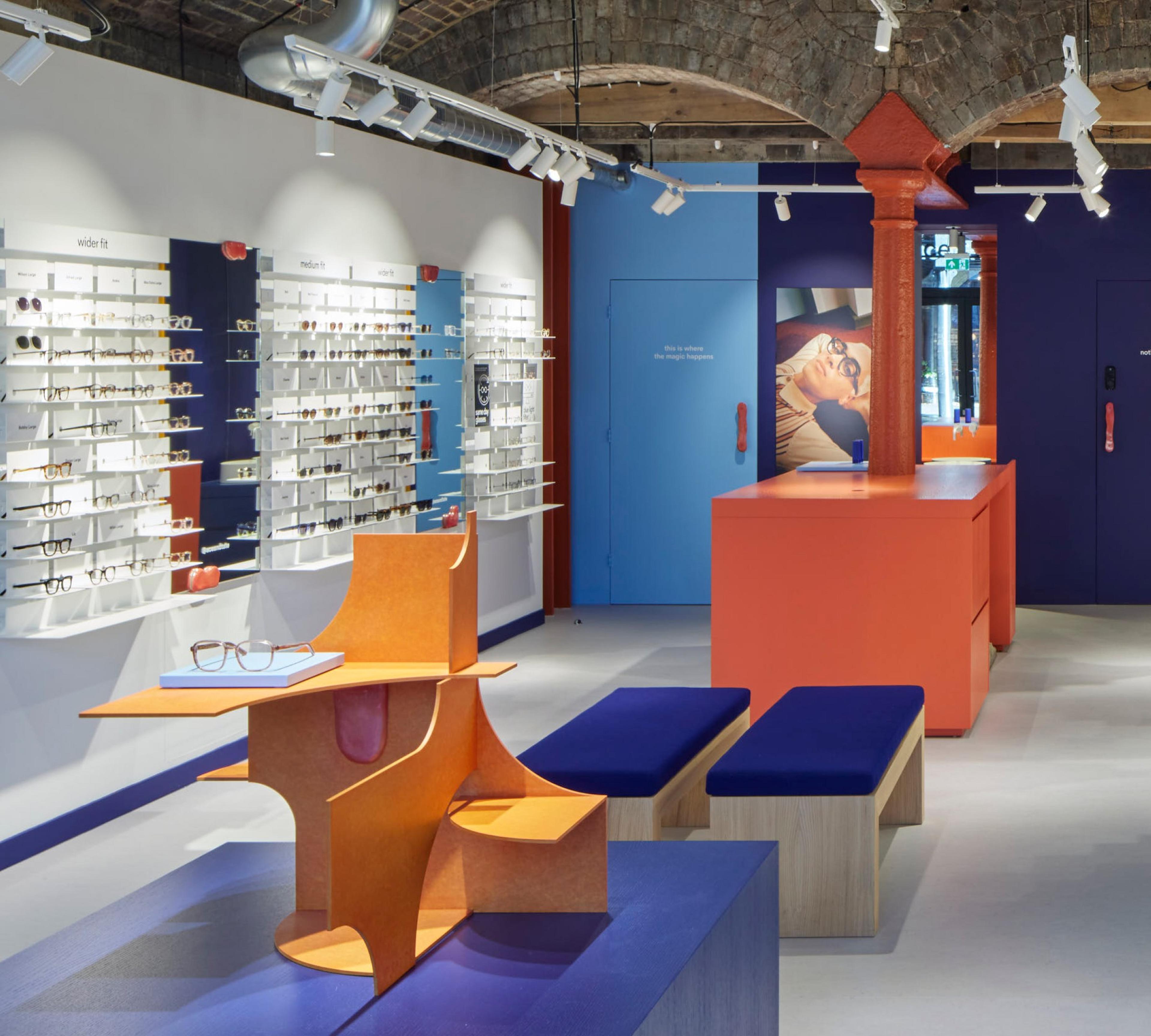Store collaboration with
Philipp Schenk-Mischke
Together with like-minded creatives, we’re using our stores to stage fresh perspectives on retail design. Next up: a very special collab with Philipp Schenk-Mischke for our new opening in London’s Coal Drops Yard. The artist has a playful attitude to repurposing materials in his work – on point with the area’s history of reinvention.
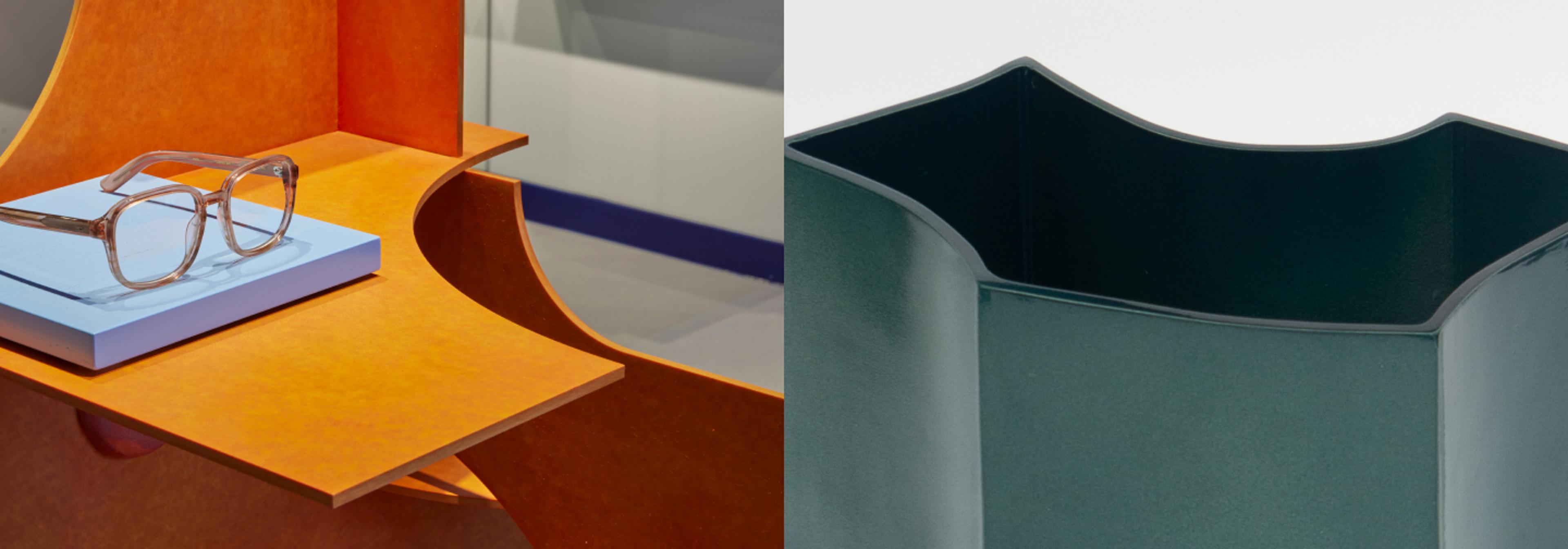
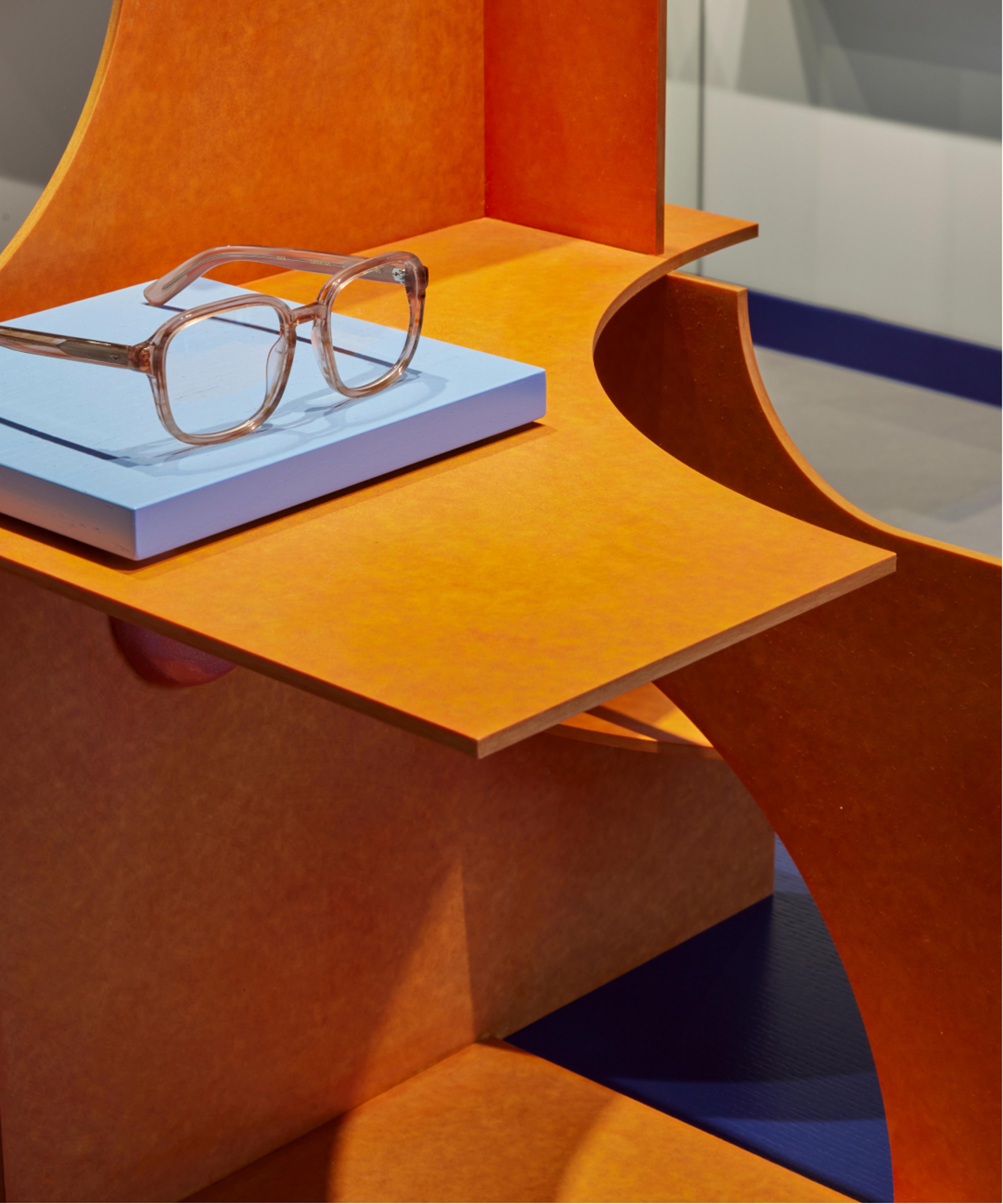
Behind the store
Back in the day, this spot was the scene for London’s wildest raves. Go way back, and we’d be knee-deep in coal, when the Yard served as storage for the city’s supplies.
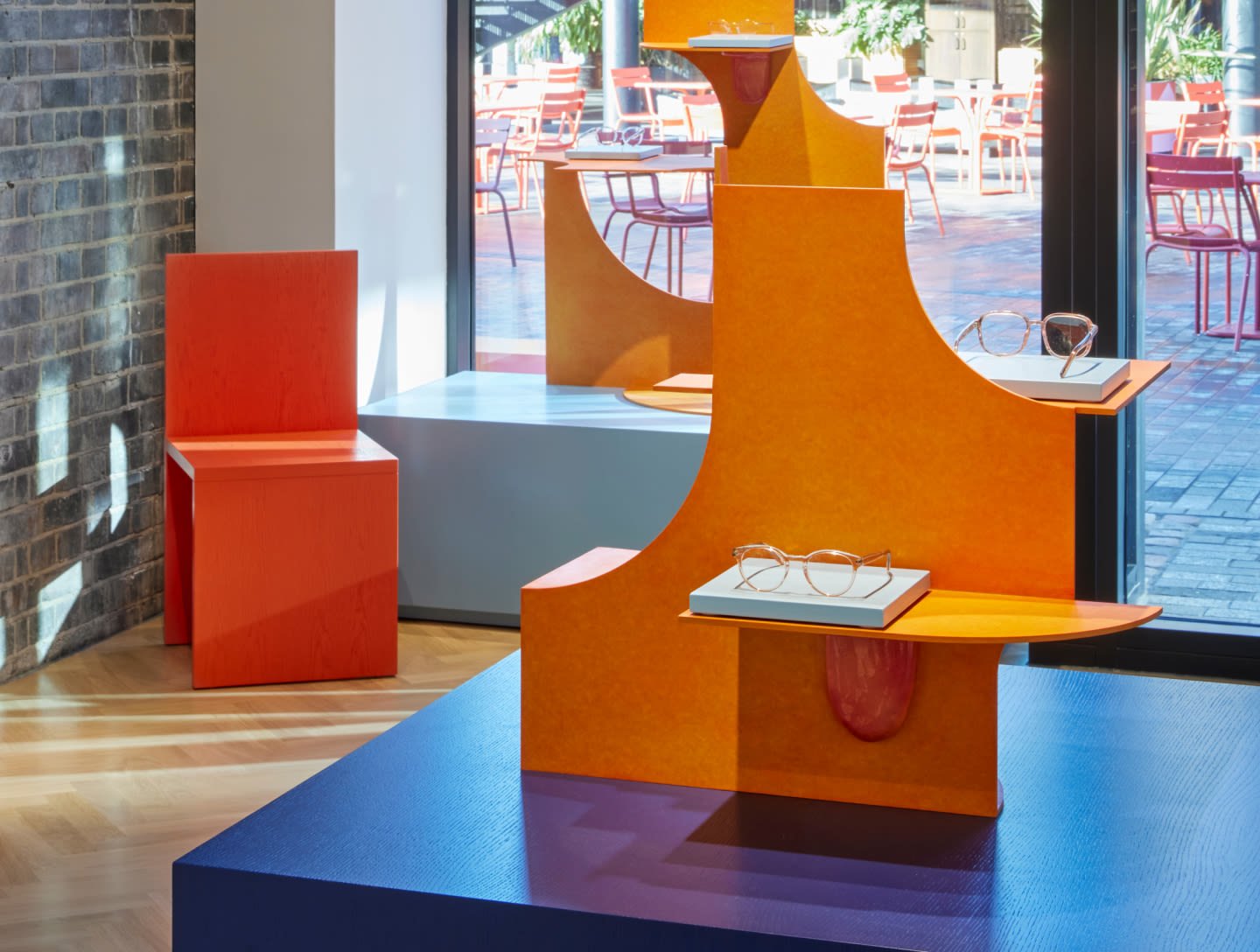

New takes on the familiar is a through line in Philipp Schenk-Mischke’s work. The London-based German artist likes to shake things up, remixing materials in unexpected ways in his sculptures. Take the pieces he created for us in store, a mash-up of paper and clay waste shaped into eye-catching primitive forms – works of art which also function variously as pedestals for our eyewear, door handles, or funny little decorations on mirrors.
“I wanted to take this idea of repurposing and translate it into my artworks,” Philipp explains. “The recycled paper composite is normally used for skateparks, while the clay was reused from my studio, which made it difficult to predict how it would behave in the kiln, adding the element of surprise.”
“I wanted to take this idea of repurposing and translate it into my artworks.”
The process
We worked with what we had by getting creative not only with waste, but also the building, its Victorian details hugely swaying our store design.

REIMAGINE
Coal Drops Yard
Exposed brick walls and wood beams become decorative backdrops, while original cast-iron columns – freshened in pop brights that riff off Philipp’s designs – are centrepieces in their own right.

REPURPOSE
Recycled paper
A recycled paper composite commonly used for skateparks is transformed into a high-performance material, and then fashioned into organic sculptures which double-up as eyewear plinths.

REUSE
Waste clay
The clay was hijacked from Philipp’s studio, which lent unpredictability to his designs – reworked clay can warp in the kiln or the colours might change, making each piece unique.
Meet the designer
Opposites attract for Philipp Schenk-Mischke, who constantly plays with dichotomies: high and lowbrow, industrial and handmade. Unpredictability underscores his work, thanks in part to his unusual tools of creation, including – genius – body vibration plates. Here, we dig a little deeper into the collab and his love for challenging expectations.
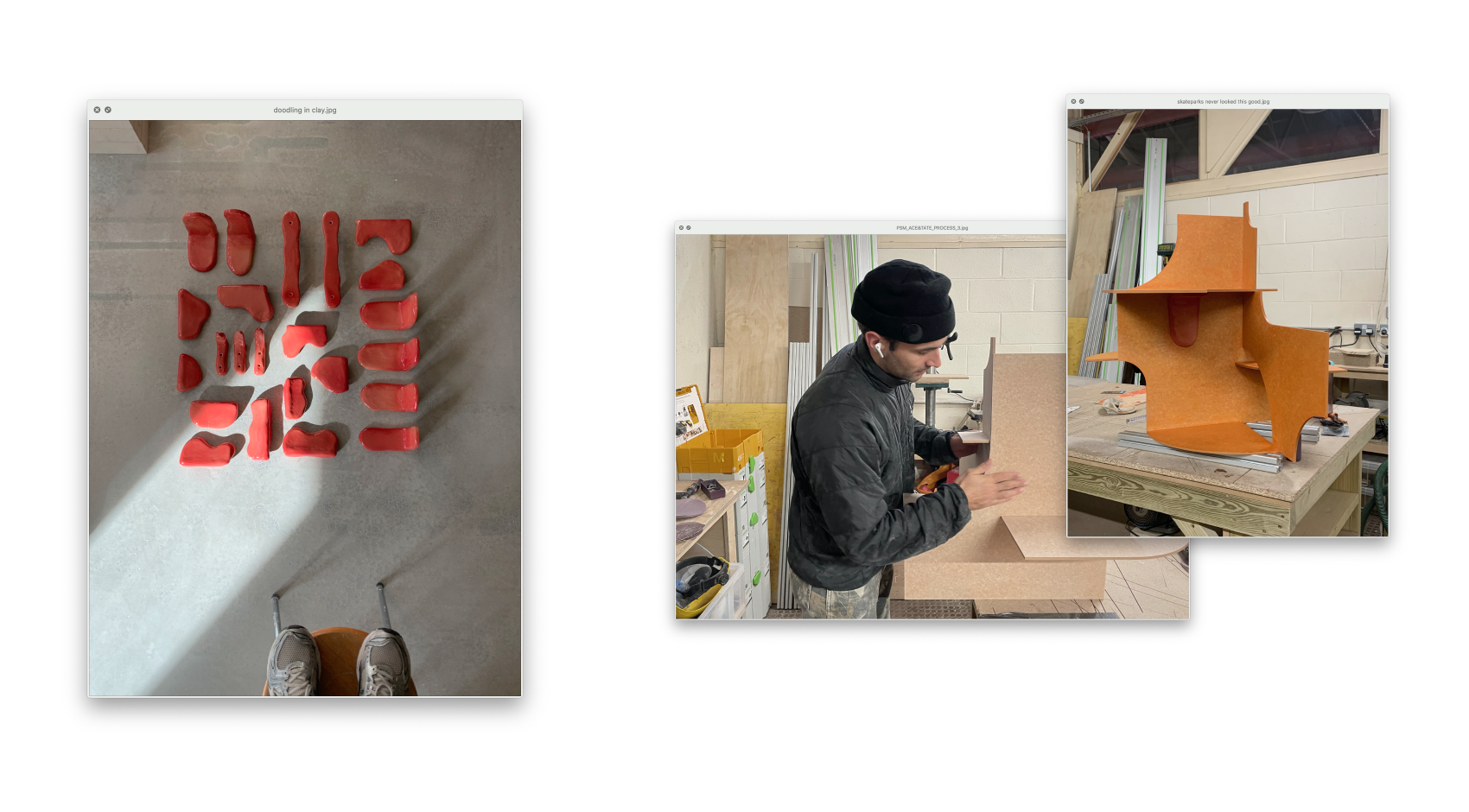
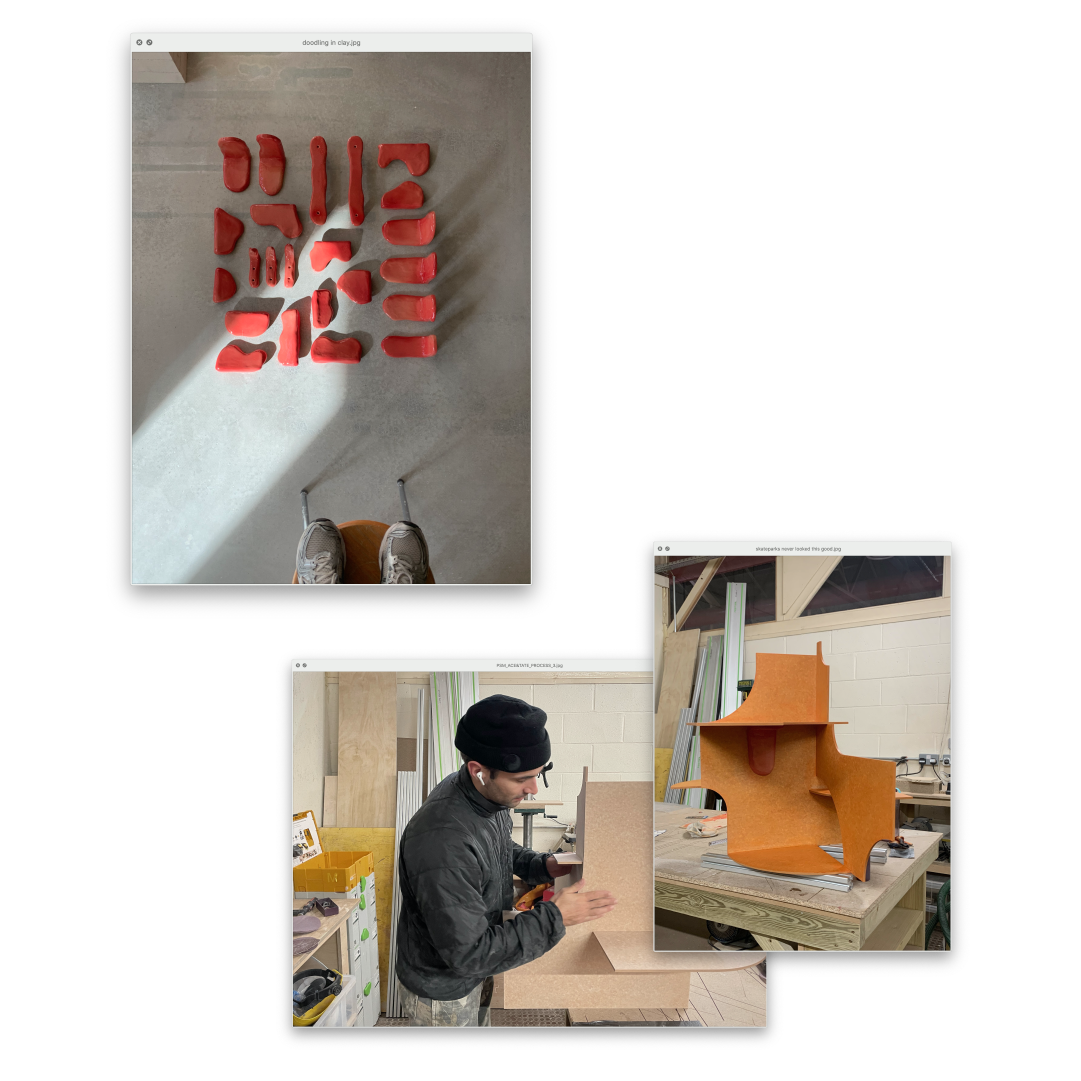
(Ace & Tate) How would you describe your work?
(Philipp Schenk-Mischke) I play with the boundaries between low-key products and high-end craft. This often results in functional material explorations that try to elevate ‘tasteless’ materials and objects into the world of contemporary design.
What draws you to repurposing materials, such as waste?
I want to keep an open mind when it comes to how materials are traditionally used, but also how they are made, and what the result is expected to look like. By doing this, I try to question the notion that things have to be a certain way, and to search for a more sustainable position on our throwaway culture by creating new values.
“I want to keep an open mind when it comes to how materials are traditionally used, but also how they are made, and what the result is expected to look like.”
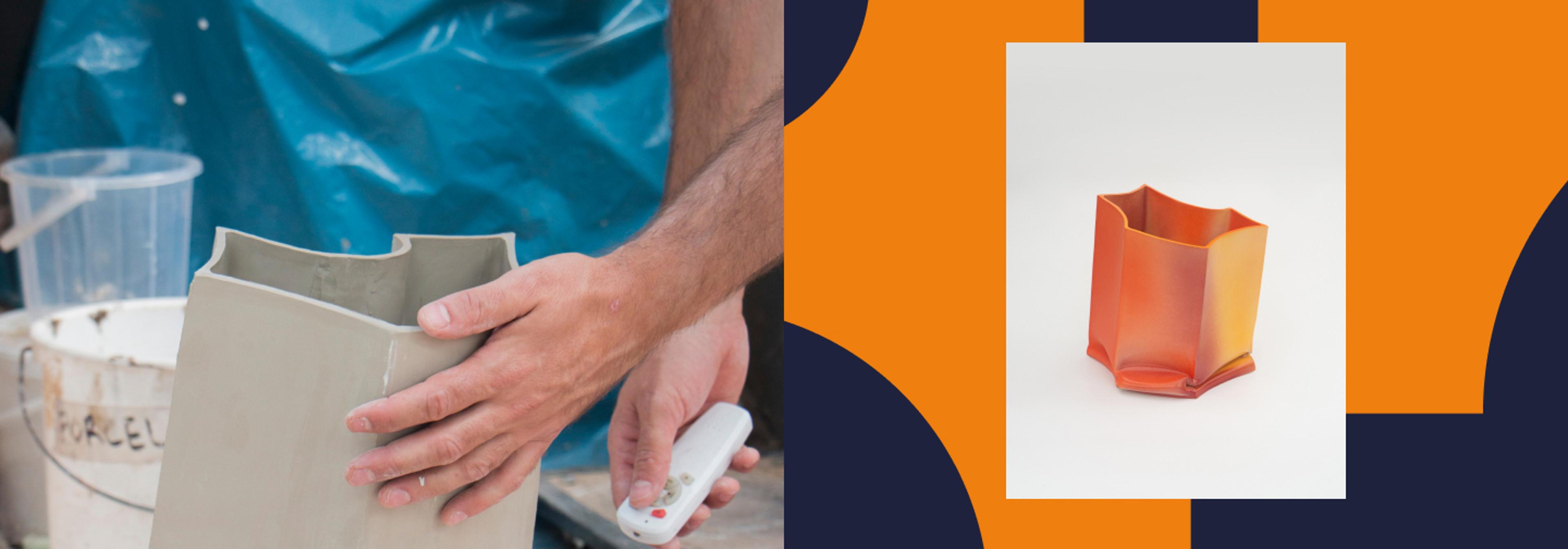
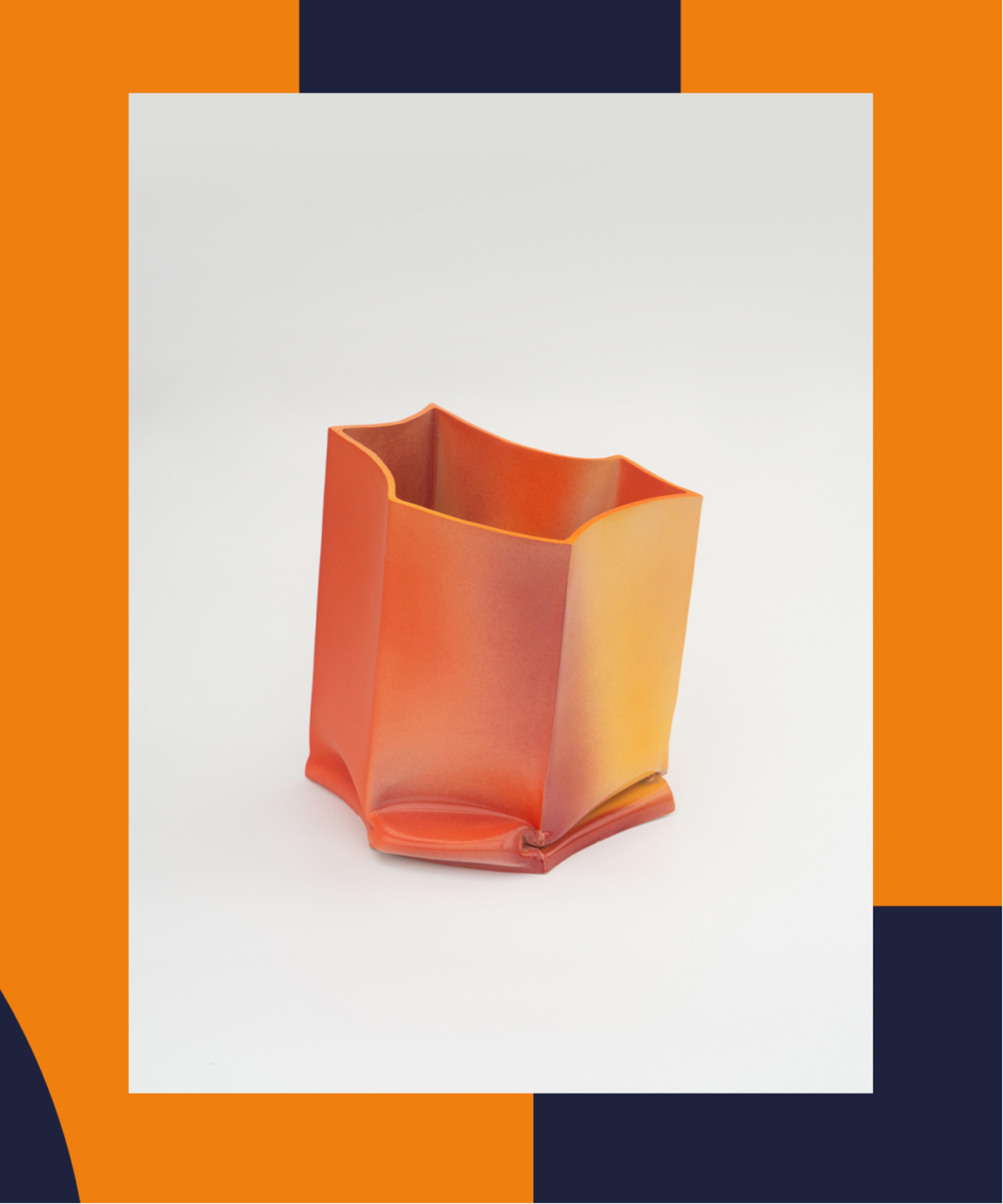
What was it like working on this project?
The whole process was really pleasant, with a lot of WhatsApp messages of colour ideas and sample photos. Rather than just adding ‘my things’ to a previously designed space, this was more of a holistic approach, which I think you can see in the result.
What inspired the pieces you created for us?
The sculptures underwent a few iterations, going from organic shapes to the more geometrical forms they are now. My initial thought was that I wanted to use some sort of sheet material that’s held together by blobs of something else. I like the idea of replacing things which are usually industrial and subject to norms – like door handles – with something that seems primitive and handmade, and a bit out of place, but still fulfilling a specific function.
Most artists use paint brushes…you use a body vibration plate for your ceramics. What’s the idea behind it?
I use a remote control to shake the wet clay on the plate, letting it take over the process of making – and letting myself become a spectator who steps in at a certain point. The ceramics are first made by slip casting, an industrial technique used to mass-produce clay objects. I try to clash opposites to create something unexpected and induce a certain amount of inconsistency into a process that otherwise aims to be consistent, while making it more fun at the same time!
There seems to be a randomness to your designs because of your processes. What is it that attracts you to unpredictability?
My background is in industrial design and during my first years at uni, it seemed unthinkable to let go of control. But, at the same time, with access to millions of images a day – all curated by algorithms, trends, and so on – design gets predictable. I’m aware that I need to tick some boxes for my work to be relevant or sit within a certain context, but this unpredictability helps me overcome my own constraints. I’m attracted to the tensions and contradictions it creates.
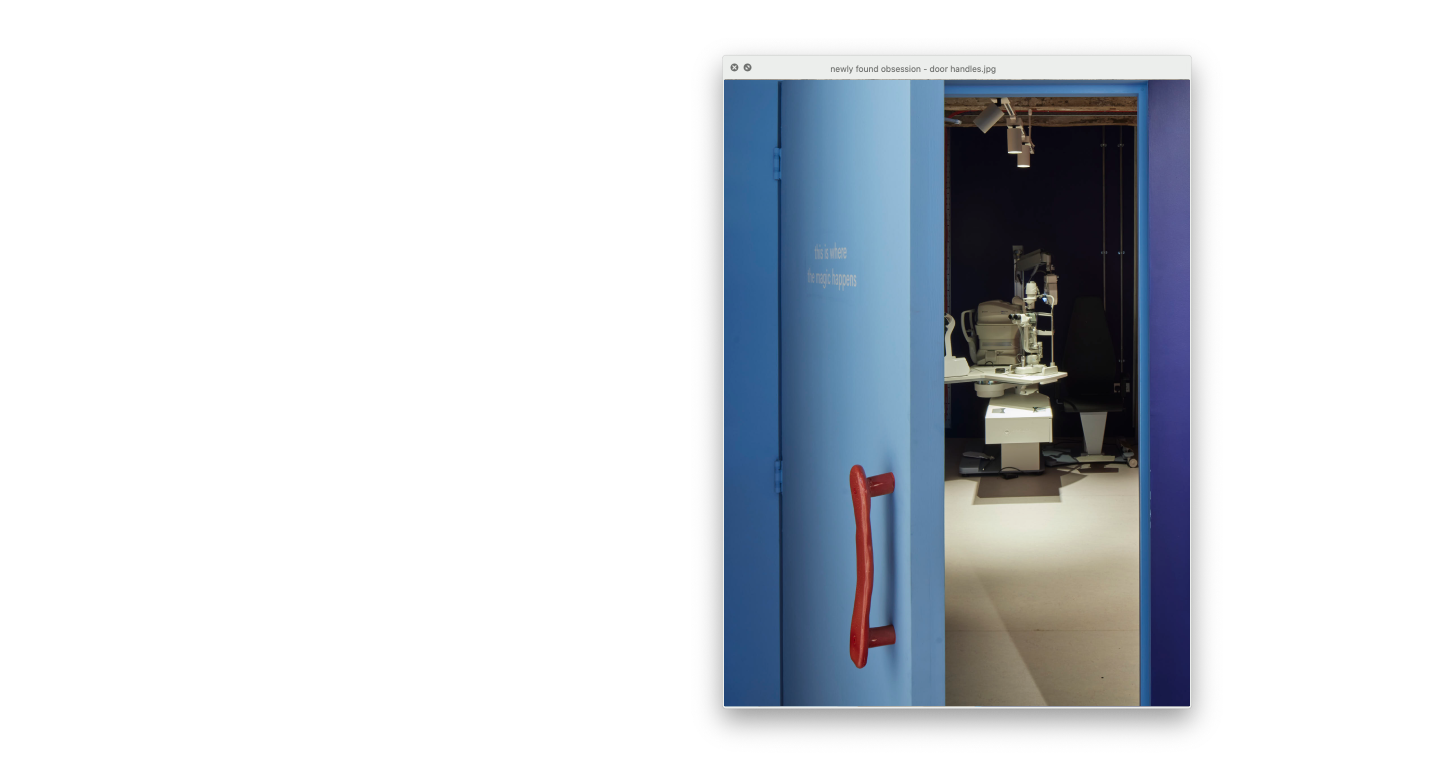

Like what you see on screen? You’ll love it IRL. Our doors are now open, so swing by and say hi.
Photos by Edmund Dabney, Philipp Schenk-Mischke and Marta Fernandez Canut.

